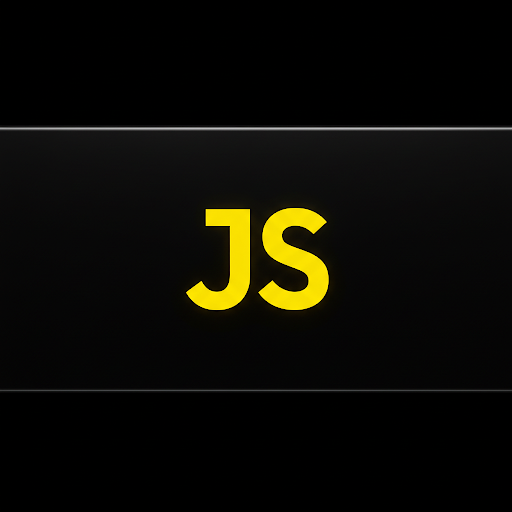Why HTML is Called a Markup Language? Explained Simply

Ever wondered why HTML is called a markup language? Learn the simple explanation with examples and understand how HTML structures web pages.

Why HTML is Called a Markup Language? Explained Simply
When people start learning web development, one of the first things they encounter is HTML (HyperText Markup Language). But have you ever wondered why HTML is called a markup language instead of a programming language?
Let’s break it down in simple terms.
1. What is a Markup Language?
A markup language is a system that uses tags to structure and format text in a document. Unlike programming languages (like JavaScript or Python), markup languages do not perform logical operations or execute commands. Instead, they define how content should be displayed.
Examples of markup languages include:
HTML (HyperText Markup Language) – Used for structuring web pages.
XML (eXtensible Markup Language) – Used for storing and transporting data.
Markdown – Used for writing formatted text in a simple way.
2. Why is HTML a Markup Language?
HTML is a markup language because it uses tags to describe the structure of web pages. For example:
<h1>This is a Heading</h1>
<p>This is a paragraph.</p>
<a href="https://example.com">This is a link</a><h1>defines a heading.<p>defines a paragraph.<a>defines a hyperlink.
These tags don’t execute commands or make decisions like a programming language does; they only format and organize content.
3.The Role of HTML in Web Development
HTML is the backbone of any web page. However, modern web development requires a combination of:
HTML (for structure)
CSS (for styling)
JavaScript (for interactivity)
Without HTML, web pages wouldn’t exist because browsers rely on its markup structure to render content properly.
Conclusion
HTML is called a markup language because it marks up text using tags to define a webpage’s structure. It does not execute commands like programming languages do—it simply tells the browser how to display content.
So, the next time someone asks why HTML isn’t a programming language, you’ll have the perfect answer! 🚀









